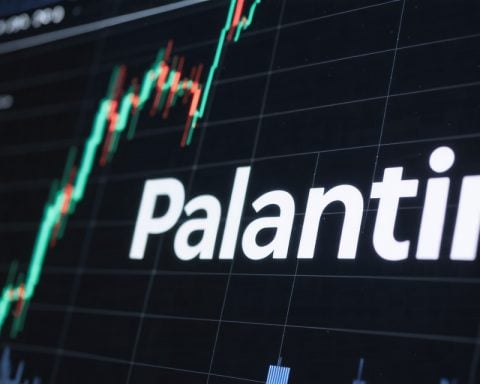In a remarkable display of value within the trading card market, a unique Pokemon card sold for an impressive $360,000 at an auction hosted by Sotheby’s in New York. This particular card, known as the 1998 “Pokemon Illustrator” holographic version, features the beloved character Pikachu and is one of only 39 copies in existence.
What makes this item especially rare is that it is the sole card of its kind with the signature of Takumi Akabane, one of the original architects behind the Pokemon trading card game. As a highlight of the auction, this card drew significant attention from collectors and fans alike.
The “Pokemon Illustrator” cards were originally awarded to winners of a drawing contest sponsored by the Japanese magazine CoroCoro Comic in 1998. The immense value of these cards has surged in recent years, particularly following a record-setting sale in 2021, when the best-preserved version was purchased for a staggering $5,275,000, earning it the title of the most expensive Pokemon card ever sold, as recognized by Guinness World Records.
While the identities of both the seller and the winning bidder remain confidential, this recent auction continues to underscore the soaring interest and investment potential surrounding rare trading cards, particularly in the vibrant world of Pokemon collectibles.
Unlocking the Secrets of Collecting: Tips and Facts Inspired by Historical Pokemon Card Sales
The recent sale of the 1998 “Pokemon Illustrator” card for an astounding $360,000 at Sotheby’s has taken the collectibles world by storm. This historic auction not only highlights the lucrative nature of trading cards but also serves as a reminder of the potential value hidden within our own collections. Whether you’re a student looking for a side hustle, a professional exploring investment options, or simply a fan of nostalgic treasures, here’s a guide filled with tips and interesting facts related to the world of collectible trading cards and beyond.
1. Understand the Market Trends
Collectibles, including trading cards, often reflect broader market trends. Following significant sales, like the “Pokemon Illustrator,” the demand for similar items can rise. Research current trends and follow reputable auction houses like Sotheby’s to stay informed. It may also be wise to join community forums or social media groups to gauge interest in various types of cards and collectibles.
2. Condition is Key
The condition of your card greatly affects its value. Cards are typically graded on a scale, with factors such as scratches, centering, corners, and edges playing a role. If you have valuable cards, consider having them professionally graded to ensure you understand their worth. This is relevant not just for Pokemon cards, but for any type of collectible.
3. Documenting Your Collection
Keep an organized record of your collection. This should include notes on the condition, purchase details, and any significant history related to each item. Documentation can enhance the value of collectibles, especially when it comes to selling them in the future.
4. Be Cautious with Trends
Collecting can be as much about passion as it is about investment, but it’s important to avoid getting swept up in fads. What’s popular today may not hold its value tomorrow. Historical context, such as production runs or special editions like the “Pokemon Illustrator,” often define a card’s worth more reliably than current trends.
5. The Power of Networking
Build connections within the collecting community. Networking can provide insights, tips, and opportunities that you wouldn’t find by researching alone. Attend local card shows, conventions, or join online communities and auction sites. Sites like eBay and TCGPlayer are great for discovering market prices and trends.
6. Cross-Collect
Consider diversifying your collection. Many collectors expand beyond Pokemon to other trading card games, comic books, or sports memorabilia. This can protect you from losses if one market experiences downturns. Plus, it can add excitement to your collecting journey!
7. Invest Wisely
If you’re considering collecting as an investment, do your due diligence. Study historical sales data and understand what contributes to a card’s long-term value. Rare signatures, limited prints, and iconic characters can all enhance desirability, as seen with the famous signatures on the “Pokemon Illustrator.”
Interesting Fact: The “Pokemon Illustrator” card was initially issued as a prize for a drawing contest, making it not just a piece of memorabilia, but also a unique intersection of art and gaming culture.
As you explore the world of collectibles, remember these tips may open avenues not just within Pokémon cards but across general collecting. There’s excitement in the hunt, an educational value in learning the market, and the potential for profits that could come from astute collecting.
For more insights into the world of trading cards and collectibles, check out Heritage Auctions and join the adventure today!



















